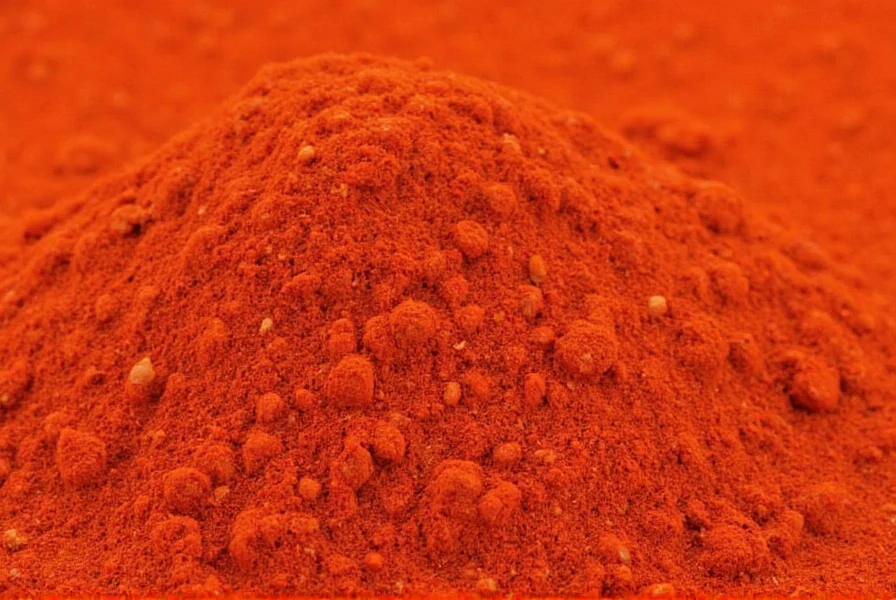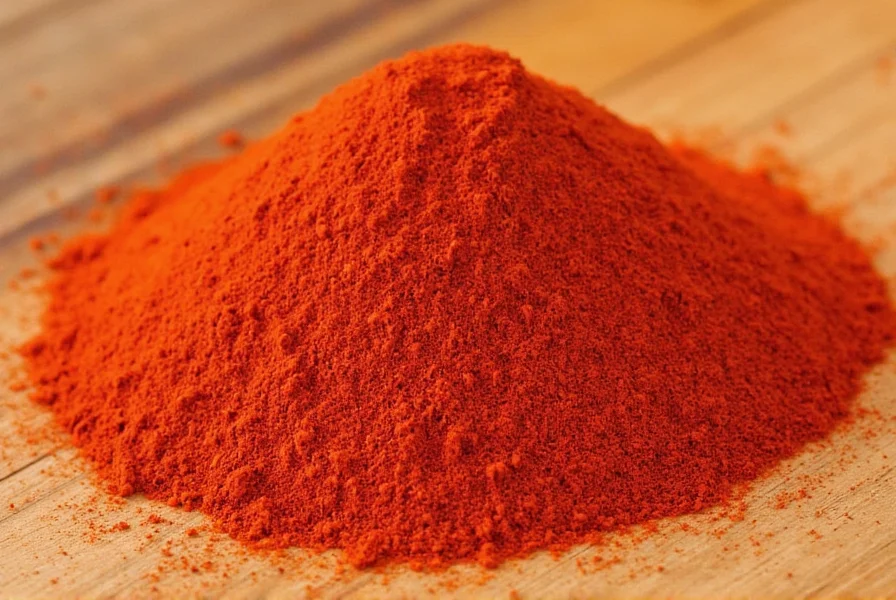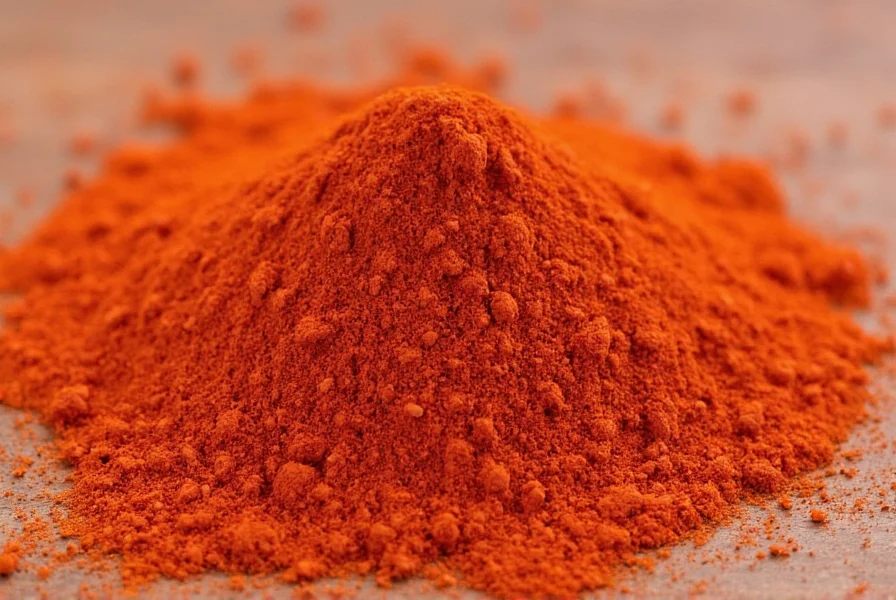When exploring is paprika a mixture, many home cooks and culinary enthusiasts encounter confusion about this vibrant red spice. The straightforward answer is that traditional paprika is not a blend but a pure ground pepper product. Understanding this distinction helps clarify its role in global cuisines and prevents recipe mishaps.
What Exactly Is Paprika?
Paprika originates from grinding dried fruits of specific Capsicum annuum pepper varieties. Unlike chili powder—which often contains additional spices like cumin and garlic powder—authentic paprika contains only one ingredient: peppers. The color ranges from bright orange-red to deep brick red depending on the pepper variety used.
The confusion about is paprika a spice blend likely stems from:
- Commercial products that add fillers or anti-caking agents
- Mislabeling of "paprika seasoning" blends in grocery stores
- Regional variations where local blends incorporate paprika
How Paprika Is Made: A Single-Ingredient Process
The production process confirms why paprika is not a mixture in its pure form:
- Peppers are harvested at peak ripeness
- They undergo careful drying (sun-dried or smoked)
- Dried peppers are destemmed and deseeded
- Final step: Grinding into fine powder without additives
| Type of Paprika | Pepper Source | Flavor Profile |
|---|---|---|
| Sweet Hungarian | Kalócz, Szeged varieties | Fruity, mild, slightly sweet |
| Smoked Spanish (Pimentón) | Padrón, Jarra peppers | Wood-smoked, earthy |
| Hot Hungarian | Csabai, Erős Paprika | Spicy with floral notes |
Common Misconceptions About Paprika
Several factors contribute to the question is paprika just ground peppers being frequently asked:
Misconception 1: "Paprika is a spice blend like chili powder." While chili powder typically contains multiple spices, pure paprika contains only peppers. Some grocery store "paprika" products may include anti-caking agents like silicon dioxide, but these aren't flavor additives.
Misconception 2: "All paprika tastes the same." In reality, regional varieties differ significantly. Hungarian paprika has eight official classifications based on heat and color, while Spanish pimentón varies by smoking method.

When Paprika Might Be Part of a Mixture
While authentic paprika isn't a mixture, it frequently appears in spice blends:
- "Paprika seasoning" products often contain salt, garlic powder, and other spices
- Cajun/Creole seasoning blends incorporate paprika as one component
- Some commercial "Hungarian paprika" products add fillers (check ingredient labels)
To ensure you're using pure paprika, look for products listing only "paprika" or "ground peppers" in the ingredients. Premium varieties like Hungarian Öszibor or Spanish Pimentón de la Vera specify their single-origin production.
Culinary Applications of Pure Paprika
Understanding that paprika is not a mixture helps optimize its use in cooking:
- Add during the last 5-10 minutes of cooking to preserve flavor compounds
- Sweet varieties enhance stews and roasted vegetables
- Smoked paprika adds depth to bean dishes and barbecue rubs
- Hot varieties work well in chorizo and spicy sausages
Unlike spice blends, pure paprika's flavor profile remains consistent across recipes, making it a reliable ingredient for developing specific flavor notes without unexpected elements.
Storage Tips for Maximum Freshness
Since paprika isn't a mixture with preservatives, proper storage maintains its quality:
- Store in airtight container away from light and heat
- Refrigeration extends shelf life to 12-18 months
- Check for faded color or musty smell indicating degradation
- Buy whole dried peppers and grind as needed for peak freshness

Final Clarification on Paprika Composition
The question is Hungarian paprika a mixture deserves special attention. Traditional Hungarian paprika production follows strict guidelines where only specific pepper varieties are used without additives. The eight official Hungarian paprika types—from mild Édesnömde to hot ErÅ‘s—differ only in pepper selection and processing, not through added ingredients.
When examining is smoked paprika a mixture, note that the smoking process occurs before grinding. Authentic smoked paprika (pimentón) gets its flavor from peppers dried over oak fires, not from added smoke flavorings or other spices.
Frequently Asked Questions
Is paprika just ground red peppers?
Yes, authentic paprika consists solely of ground dried peppers from the Capsicum annuum family. No other ingredients are added in traditional production.
Why do some paprika products taste different if it's not a mixture?
Different pepper varieties and processing methods create natural flavor variations. Sweet paprika comes from mild peppers, while hot varieties use spicier cultivars. Smoking also affects flavor without adding ingredients.
How can I tell if my paprika is pure or a blend?
Check the ingredient list. Pure paprika will list only 'paprika' or 'ground peppers.' If you see additional ingredients like salt, garlic powder, or anti-caking agents, it's a blend or processed product.
Does paprika contain any additives?
Traditional paprika contains no additives. Some commercial products may include silicon dioxide as an anti-caking agent, but this doesn't affect flavor. Premium varieties typically contain only ground peppers.
Is chili powder the same as paprika?
No. While both come from ground peppers, chili powder is typically a spice blend containing paprika plus other ingredients like cumin, garlic powder, and oregano. Paprika is made from a single type of pepper.











 浙公网安备
33010002000092号
浙公网安备
33010002000092号 浙B2-20120091-4
浙B2-20120091-4